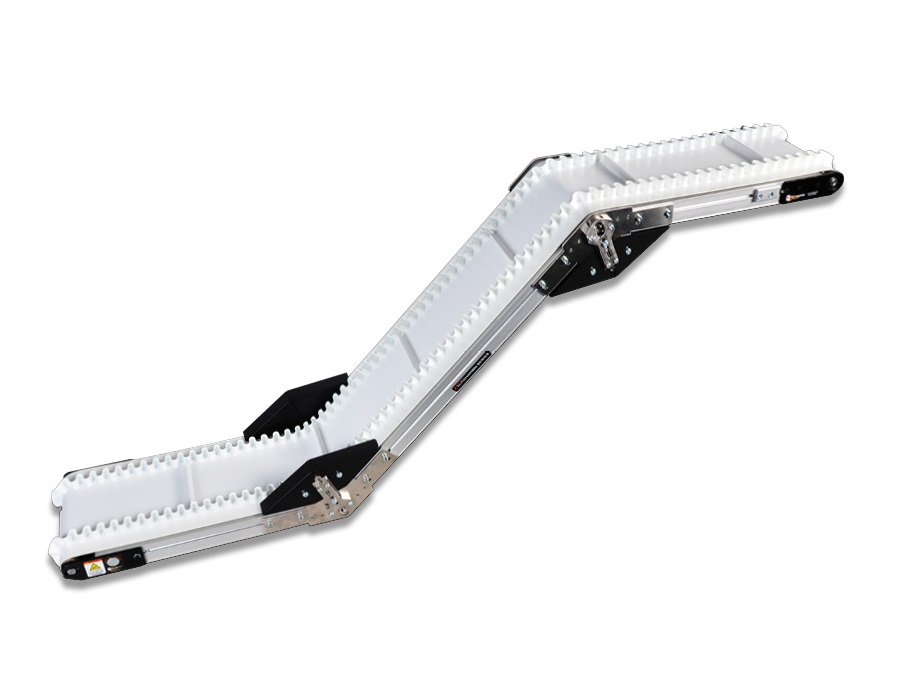The Basics Of Robotics, Automation, Assembly Applications And Conveyor System Integration
The rapid rise of robotics and automation in manufacturing is quickly becoming a cornerstone of industry 4.0. This shift requires conveyor system manufacturers to find novel ways to merge automation, robotics, and conveyors into complete and agile systems across industries.
Conveyor manufacturers in Canada and throughout North America must integrate robotic material handling technology like collaborative robots (cobots) for picking, palletizing, automated truck unloading, or other tasks into operational flows. Blending robotics, conveyors, and automation requires an endless number of solutions to meet an equal number of manufacturing scenarios. As the foundation of material handling system design, the supporting conveyor system needs to be just as flexible.
Automation Integration With Modular Designs
The focus of leading conveyor system manufacturers is on providing the right combination of standardization and customization options to lower costs and meet needs of industries and manufacturing environments. For many manufacturers, that may mean optimizing the how the conveyor presents orders to a robot such as a picking arm or palletizer. These intersections of automation and robotics require precise movement of products on a conveyor.
An example would be a robotic operation to piece-pick individual items for order fulfillment out of totes. This requires conveyors to present orders in ways that thin out and present bulk products in a highly regimented and repeatable way. But conveyor system designs also have to support mobile robotics in product conveyance to create efficiencies that lower the need to add more robots or people to the process.




Comments